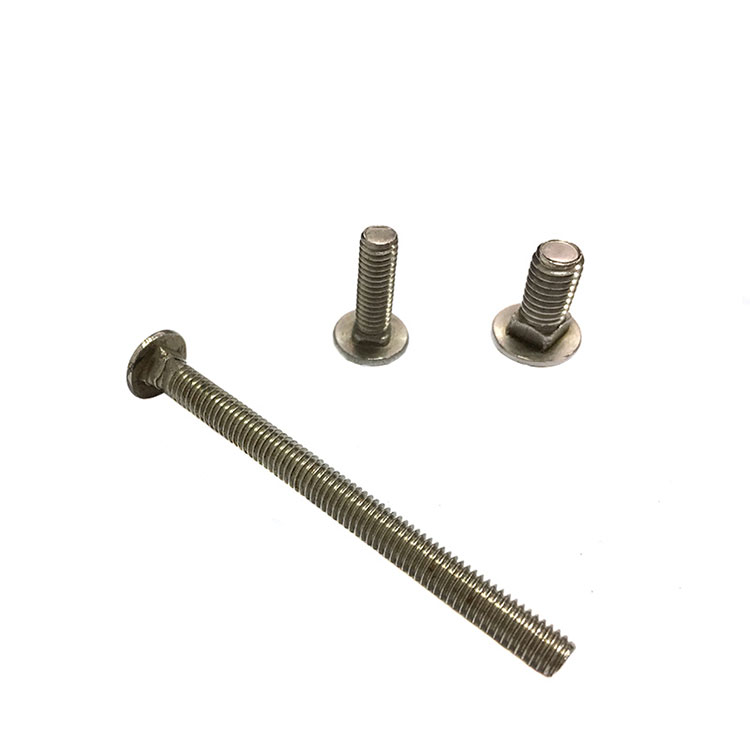Unraveling Threads: A Guide to Determining the Thread Pitch of Bolts
2023-12-05
Introduction:
In the intricate world of fasteners, the thread pitch of a bolt is a critical specification that influences its compatibility and functionality in various applications. Understanding how to determine the thread pitch of a bolt is essential for selecting the right fastener for a particular project. In this blog post, we'll embark on a journey through the threads, exploring the methods to accurately determine the thread pitch of bolts.
What is Thread Pitch?
Before delving into the methods of determining thread pitch, let's clarify what thread pitch actually means. Thread pitch refers to the distance between adjacent threads on a bolt, measured in millimeters. It is a crucial specification along with the diameter, as it defines how tight or loose the threads are and aids in selecting the appropriate nut for the bolt.
1. Counting Threads:
- One of the simplest methods to determine thread pitch is to count the number of threads within a one-inch span and then convert this count to millimeters.
2. Using a Thread Pitch Gauge:
- A thread pitch gauge is a specialized tool designed for measuring the pitch of threads. It consists of a series of blades with labeled thread pitches. To use the gauge, find the blade that fits snugly between the threads without forcing it. The labeled pitch on the selected blade corresponds to the thread pitch of the bolt.
3. Measuring with a Caliper:
- A caliper can be used to measure the outer diameter of the bolt. Once the diameter is determined, measure the distance between two adjacent threads at the widest point using the caliper. Divide the measured distance by the circumference formula (π diameter) to obtain the thread pitch.
4. Reference Guides and Charts:
- Utilizing reference guides or charts that provide standard thread pitches for common bolt sizes can be a quick way to identify the thread pitch. These guides are readily available online or in hardware stores, offering a convenient solution for common bolt sizes.
Considerations and Tips:
1. Metric vs. Imperial Units:
- It's crucial to ensure that the units are consistent. Most metric bolts will have thread pitches specified in millimeters, while imperial (inch-based) bolts might have threads specified in threads per inch (TPI).
2. Check for Coarse or Fine Threads:
- Bolts can have either coarse or fine threads. Coarse threads have a lower thread pitch, meaning fewer threads per unit length, while fine threads have a higher pitch with more threads per unit length. This information is often stamped on the bolt head or included in the product specifications.
3. Thread Pitch Identification Tools:
- Online tools and mobile apps can assist in identifying thread pitches by allowing users to input measurements or providing visual guides for comparison.
Conclusion:
Determining the thread pitch of a bolt is a fundamental skill for anyone working with fasteners. Whether you prefer the hands-on approach of counting threads or the precision of a thread pitch gauge, understanding this specification ensures that you can confidently select and use bolts that align with the requirements of your projects. Armed with the knowledge of thread pitch, you're ready to thread your way through the world of fasteners with precision and accuracy.



